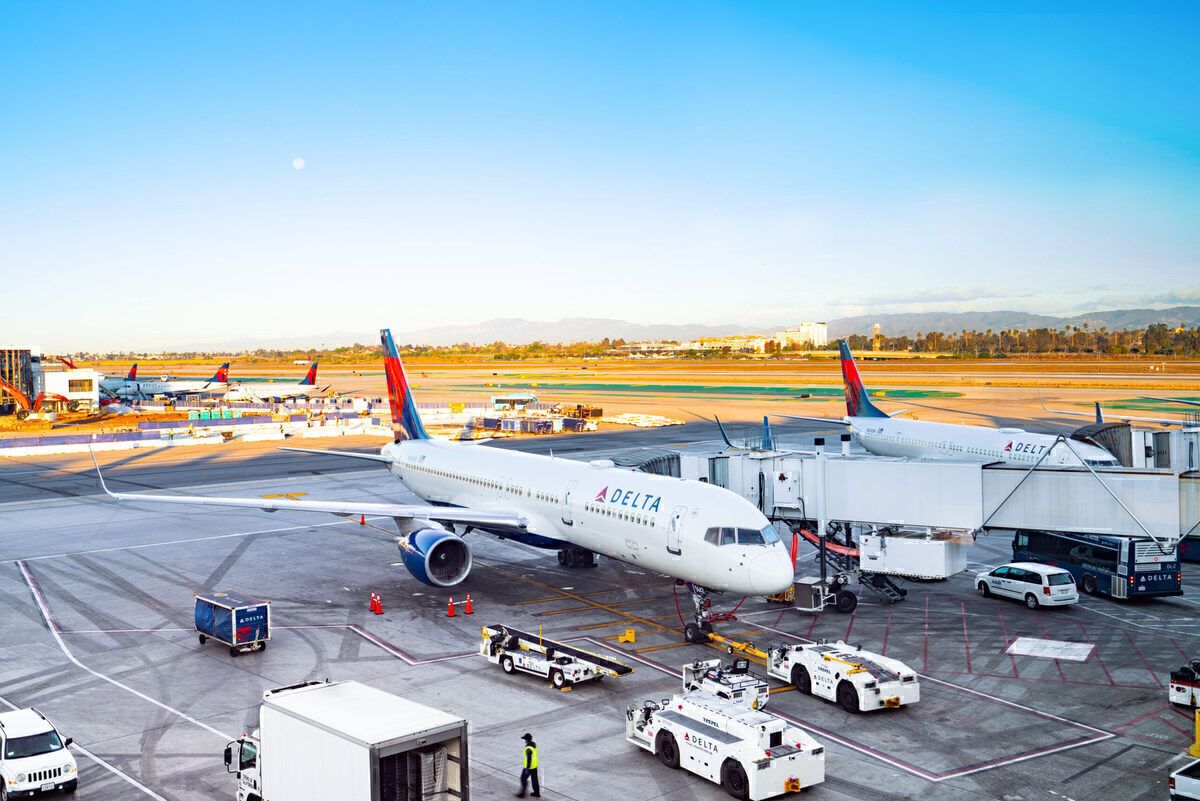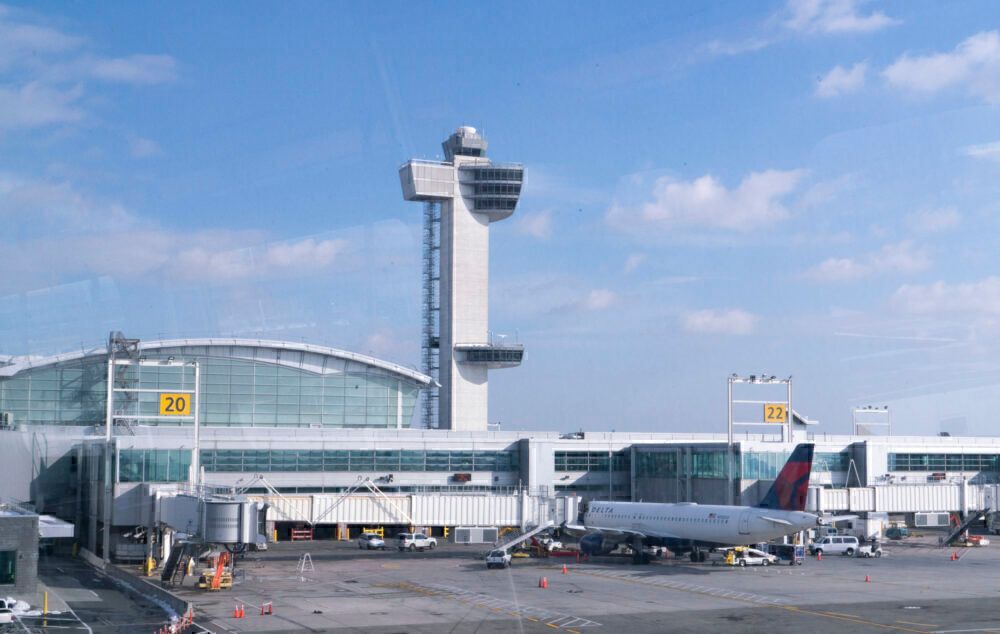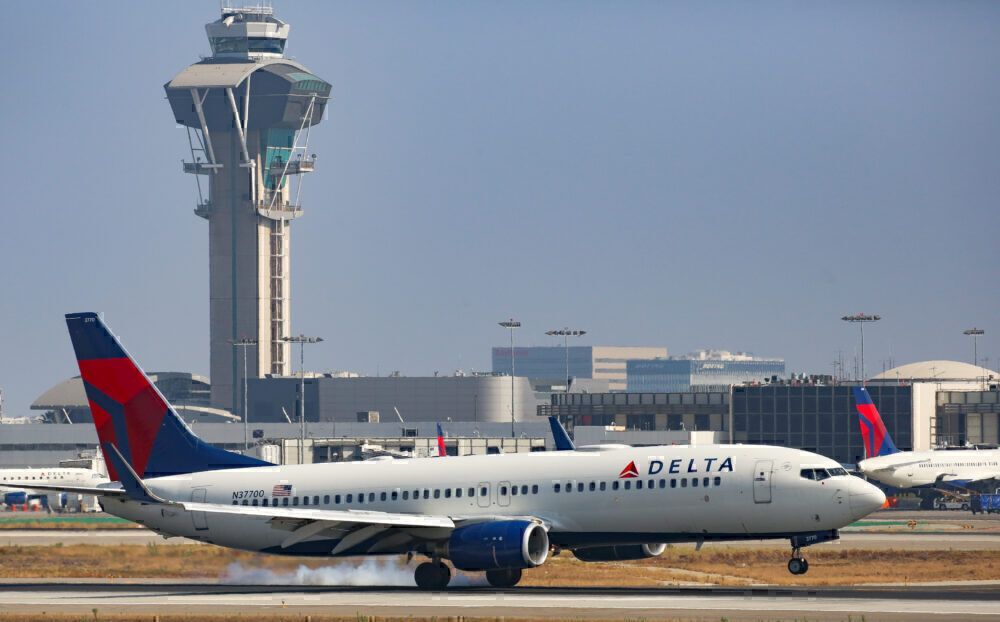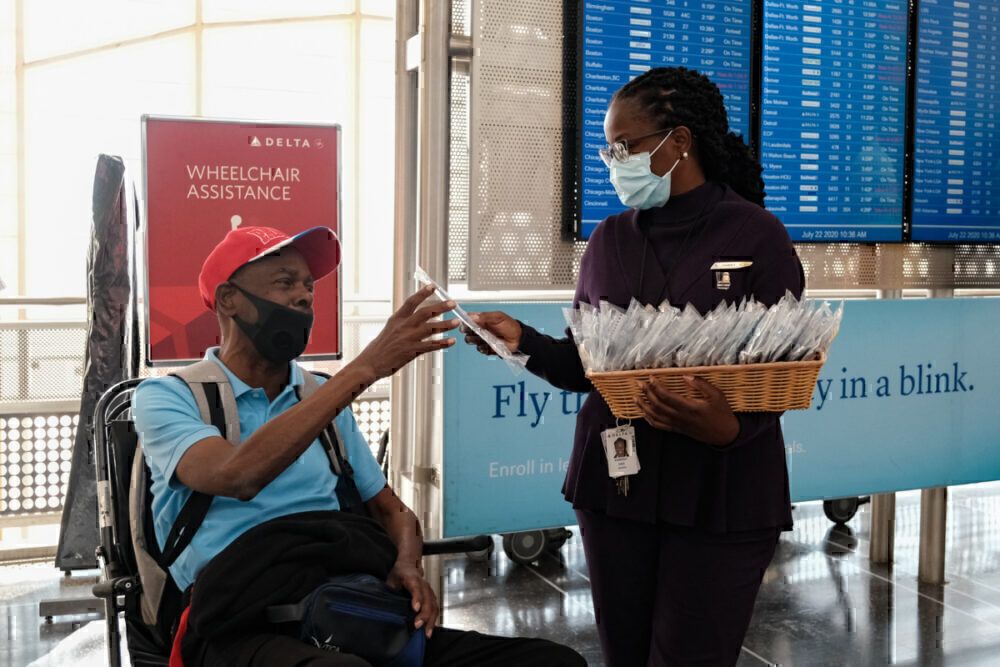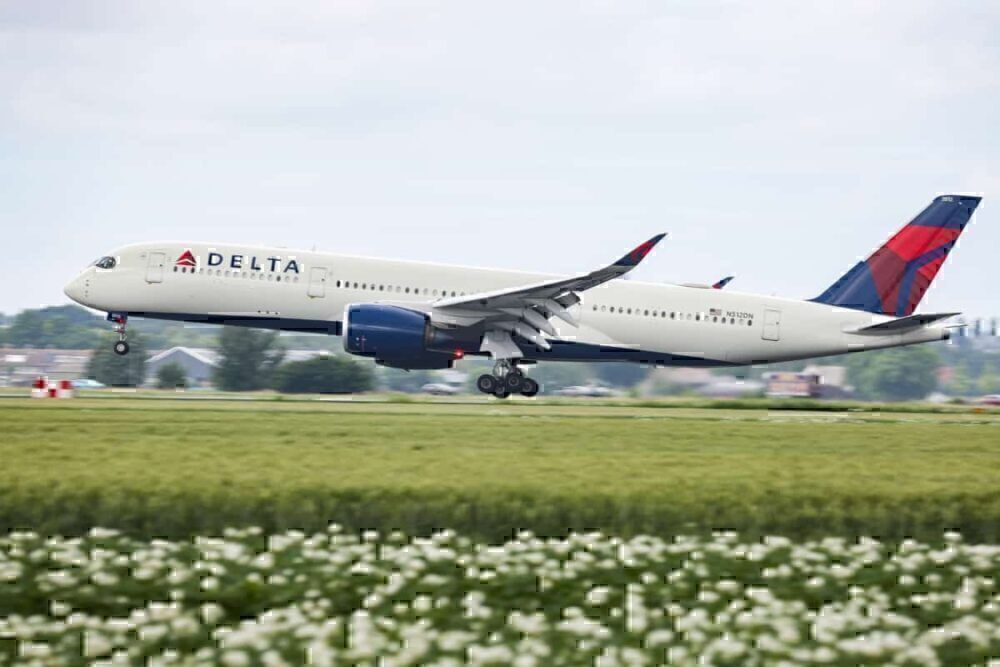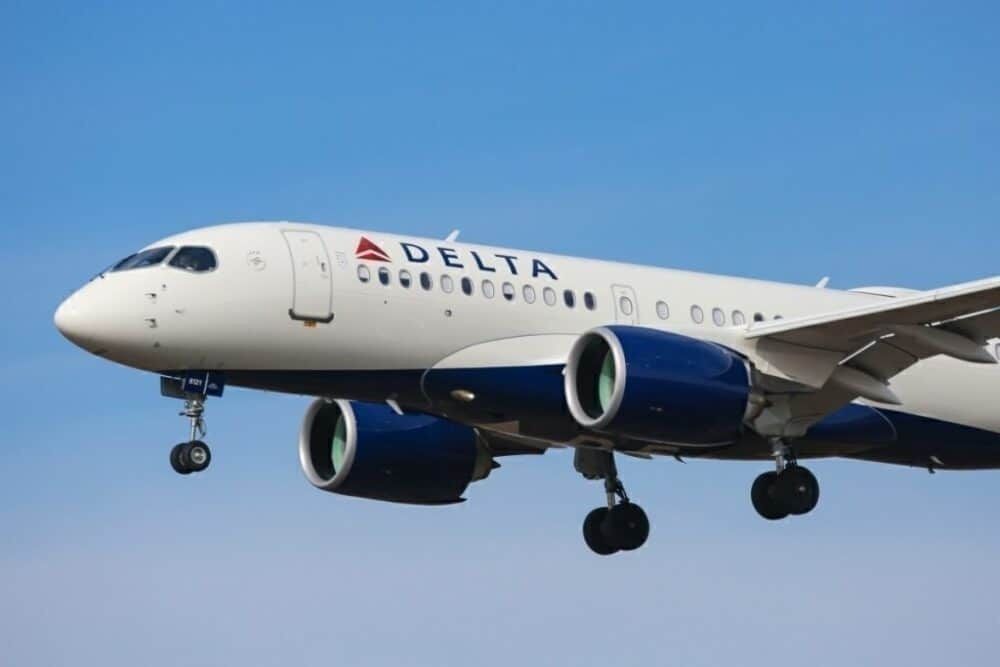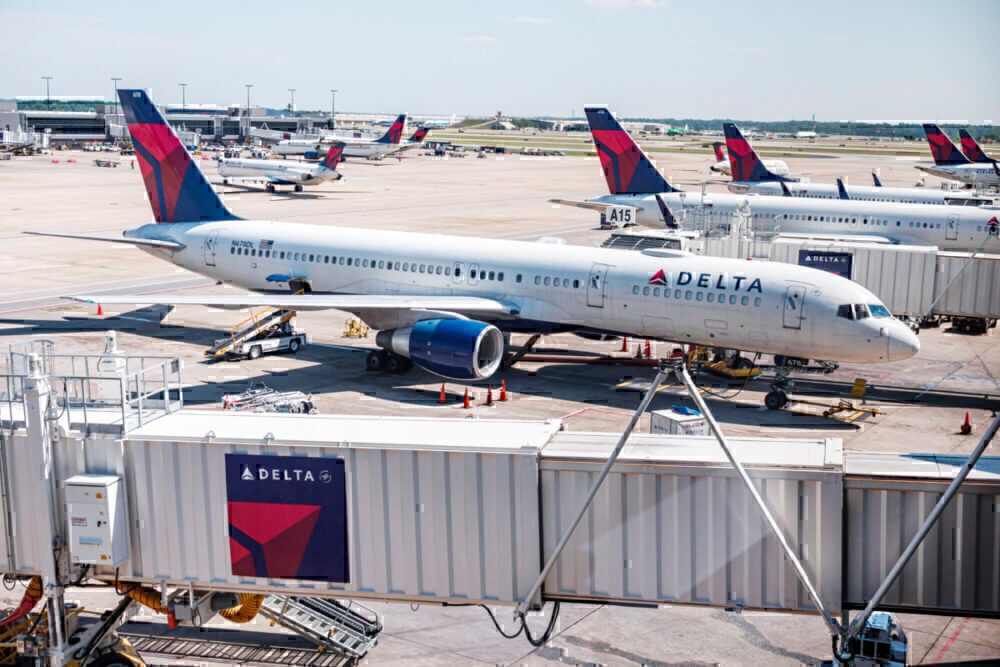In Delta's fourth-quarter and full-year 2020 earnings call, the airline's executives presented some color on how the carrier's recovery was going. While things are still tough, the airline had a few bright spots heading into the first quarter and looks to hit cash break-even in the spring and perhaps even profitability by the summer.
Low demand for coastal hubs
President of Delta Air Lines, Glen Hauenstein, stated that the airline's coastal hubs are some of the weakest areas in Delta's network. In particular, he cited New York and Boston, where demand in those hubs is only about 20-25% recovered.
This is, however, not surprising. New York and Boston are mostly not domestic connecting hubs. Many travelers connecting in New York-JFK or Boston are heading abroad to destinations in Africa, such as Accra or Dakar, cities in Europe, such as Athens, Paris or Amsterdam, or, for some customers, onwards to the Caribbean to destinations like Punta Cana or Montego Bay.
Stay informed: Sign up for our daily aviation news digest.
Since Delta can adequately serve Caribbean destinations out of its largest hub in Atlanta, the New York hub caters to more origin and destination travelers. But, these travelers have to deal with quarantines and testing requirements when they come back to New York.
Given how many transatlantic destinations are closed for international tourism and ongoing low demand, the airline has reduced its transatlantic schedules and is mostly flying to cater to cargo demand, so it makes sense for the airline to continue to provide fewer flights out of New York and Boston.
Looking at Los Angeles and Seattle, Delta is mostly connecting onwards to Hawaii and transpacific markets in Asia and Australia. In addition, some passengers are also heading to coastal destinations in California or else regional destinations in Washington or off to Alaska.
Given how passengers can connect onwards to Hawaii, which is becoming more important as international beach destinations seem out of reach amid border closures and uncertainty, these hubs are doing a little better than New York or Boston, though still not back at 100%.
January 3rd was a very good day but not the norm
Mr. Hauenstein stated that January 3rd was a fantastic day for the carrier. On the final day of the winter holiday period, the airline had a $15 million ticket revenue day and carried more than 250,000 passengers. Both of those metrics were the highest since the onset of the pandemic.
For the first quarter of 2021, the airline expects its scheduled capacity to be down 35% from the first quarter of 2019 against sellable capacity (given the middle seat block), which will be down 55%. Overall revenue will be down between 60-65%.
So, while January 3rd capped off the winter holiday surge, the following days have shown that demand for travel is still relatively low.
Business travel will come back
Delta is exceptionally bullish on the return of business travel. Overall corporate travel remains weak, with only 10-15% restored in the fourth quarter of 2020. This was about three points higher than the third quarter and was mostly driven by small and medium accounts, which recovered about five points faster than large corporates.
In a corporate travel survey, Delta found out that 40% of its large corporate customers expect travel to be fully back to 2019 levels by 2022. Another 11% expect to be back fully by 2023. So, just over 50% of Delta's large corporate customers are expected to return by the end of 2023.
As for the others, only 7% of large corporate accounts said they would never be back to 2019 levels, while 42% said they were unsure and needed time to figure things out.
Delta's CEO read the results this way. While 51% expect to be back by the end of 2023– a majority of which is in 2022– if you consider the 42% that returns and assume that only 50% of that number comes back, then Delta is sitting at an almost 75% return of business travel by 2023. Mr. Bastian believed this was a pessimistic view on business travel and that more of it will be back than people think.
What about new aircraft?
Delta's executives stated that the airline would take up to 34 new planes this year. This includes higher gauge and more efficient aircraft that will offer more premium seats, produce lower seat costs, and provide a much better customer experience.
Delta has not yet released the specifics about which new jets it will take this year. However, those planes will likely be Airbus A220s, Airbus A321s– and perhaps even the A321neos– and a few widebody Airbus A330-900neos and A350-900s. These 34 jets will barely make a dent in replenishing the capacity of over 200 aircraft retirements from 2020, but that is the point. Delta wants to bring that capacity back and then grow it over the next few years as the crisis subsides, and the recovery continues.
So, where is Delta in the recovery?
Delta is still in the early stages of recovery. It expects an inflection point to come this spring, driven by vaccine distributions and the easing of travel restrictions, after which the airline will start to get to break-even and start to move toward profitability in the second quarter.
Core hubs, such as Atlanta, Detroit, Minneapolis, and Salt Lake City, are coming back faster than their coastal counterparts due to various structural reasons. Of these, Atlanta is expected to come back with the most capacity in Delta's system, as it has historically been Delta's largest hub and is routinely the busiest airport in the world, thanks to Delta.
However, in just a few months, Delta expects to be in a much better spot. There is the possibility that the next few weeks could see gradually increasing numbers of travelers, a lengthening of the significantly shortened booking curve, and a rise in revenue that could point toward when the inflection point will hit. Or, the next few weeks could look very much like the period between Thanksgiving and the December holiday period, with low numbers of travelers and revenue that will then rise quickly as the spring arrives.
What do you make of where Delta is in the recovery? Are you looking to travel post-vaccine? Let us know in the comments!

